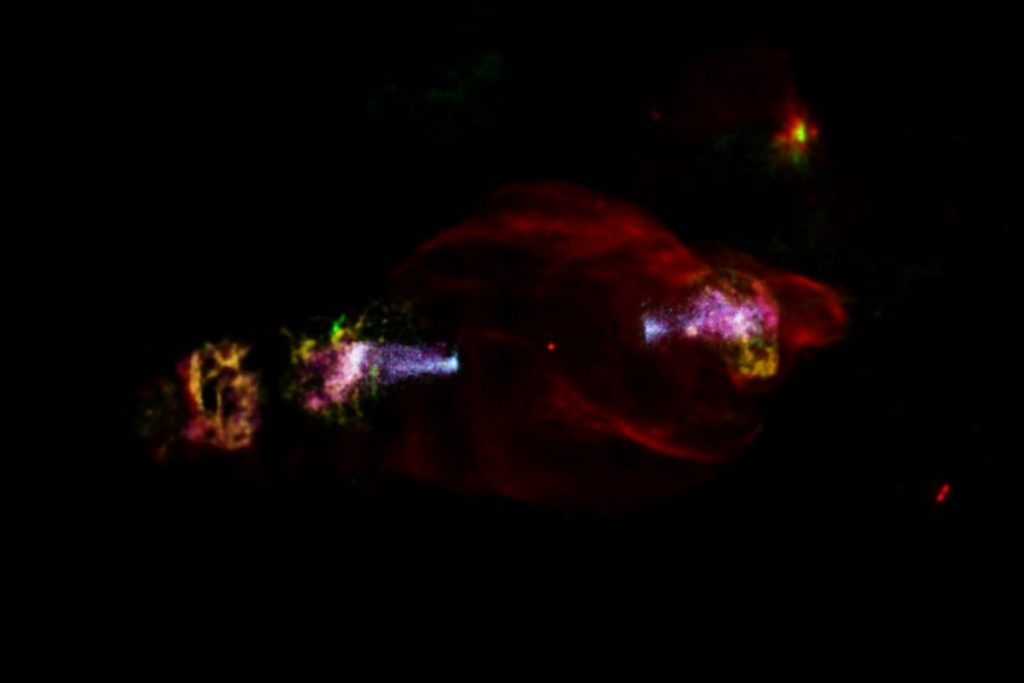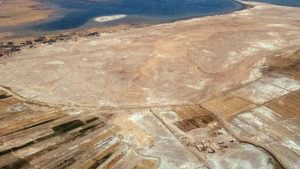ESA Space X-Ray Space Observatory Locates Unusual Particle Acceleration in Manatee Nebula’s ‘Head’
The European Space Agency (ESA) has observed an unusual particle acceleration in the Manatee Nebula. The space agency says it has finally managed to pinpoint the location of the acceleration in the ‘head’ of the nebula. The image was captured using the ESA’s X-ray space observatory, XMM-Newton. A region of X-rays that is causing particle acceleration of the nebula str…

Scientists have observed unusual particle acceleration in the Manatee Nebula and finally managed to pinpoint the location of the acceleration. Using the European Space Agency’s X-ray space observatory XMM-Newton, astronomers observed the Westerhout 50, as it is officially known, a supernova remnant roughly 18,000 light-years away, located in the constellation Aquila. The astronomers found a region of X-rays that is causing particle acceleration in the “head” of the nebula structure. At the centre of the supernova remnant lies the SS 433 star system – consisting of a black hole and its partner, a late A-type star. The SS 433 system is the first-ever discovered micro-quasar.
“Thanks to the new XMM-Newton data, supplemented with NuSTAR and Chandra data, we believe the particles are getting accelerated to very high energies in the head of the Manatee through an unusually energetic particle acceleration process. The black hole outflow likely made its way there and has been re-energized to high-energy radiation at that location, perhaps due to shock waves in the expanding gas clouds and enhanced magnetic fields,” said Dr Safi-Harb from the University of Manitoba, who led the study.
The ESA tweeted an image of the celestial structure, which was taken using the XMM-Newton.
The yellows represent soft X-rays, magenta represents medium-energy X-rays, and cyan is used to depict hard X-ray emission, the agency stated. Alongside X-ray observations, the image also uses data from the Very Large Array and the Skinakas Observatory to visually represent radio (red) and optical (green) wavelengths, respectively. The red dot in the centre of the image is the location of the micro-quasar.
Westerhout 50 (W50 or SNR G039.7-02.0) was formed 30,000 years ago after a giant star reached the endstages of its life and exploded in a supernova. The explosion sent a huge mass of debris and material spreading across the cosmic void before the gravitational forces of the nearby objects stabilised the dust and debris in its shape. The unique shape of the supernova remnant is a result of highly energetic beams of energy that the black hole at the centre of the structure emits. It is theorized that the black hole and the nebula are related as both are likely to have resulted from the supernova explosion. The Manatee Nebula is one of the largest known to us, spanning around 652 x 326 light-years across.
It first caught the attention of scientists in 2018 when the High-Altitude Water Cherenkov Observatory found evidence of particles with hundreds of tera electron volts emanating from the nebula but couldn’t pinpoint the exact location.
ESA’s future Athena X-ray observatory will be making further studies on what exactly is happening within this cosmic structure.




